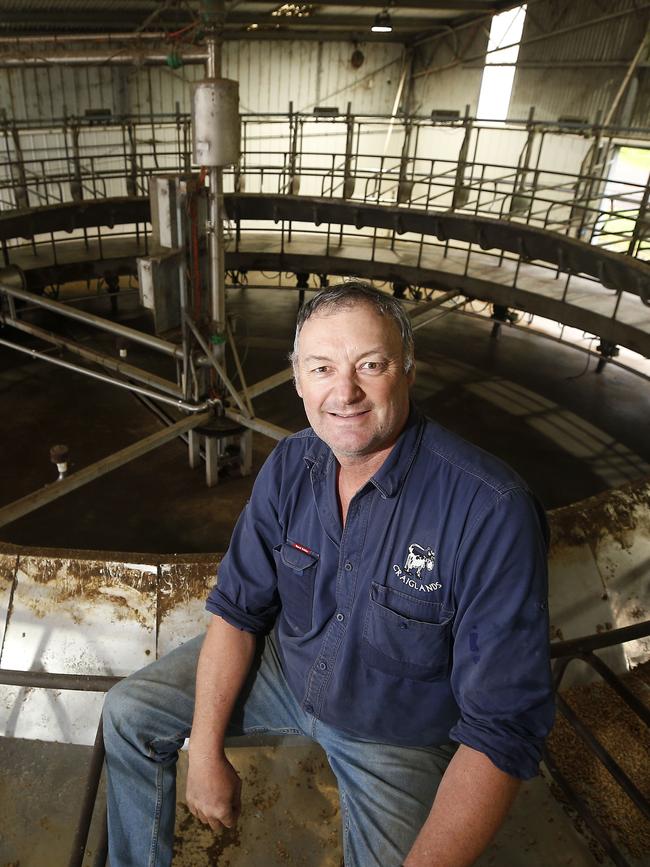Fuel excise sunset clause set to hit Australian motorists
With petrol prices on par with the highs six months ago, before the excise cut, the end of the tax break signals more hip-pocket pain ahead.

Australia’s petrol price reprieve will soon end – but regional motorists will experience a delay in the hip-pocket hit.
Former treasurer Josh Frydenberg confirmed a six-month cut of 22 cents a litre to the fuel excise in March.
The full 44 cent excise rate will be reinstated in September with Mr Frydenberg’s successor as treasurer, Jim Chalmers, saying the revenue is needed for the diminished national coffers.
The Australian Competition and Consumer Commission told The Weekly Times it would be keeping a close eye on petrol pump pricing in coming months.
An ACCC spokesman said the consumer watchdog monitored more than 190 regional service stations nationwide.

“Since March 30 this year, this has included monitoring fuel prices to confirm the six-month reduction in fuel excise is passed on to motorists,” the spokesman said.
“Once the 22.1 cent per litre excise reduction on petrol and diesel is removed and existing stock levels are used up, motorists can expect prices to increase, by about 24 cents after GST is factored in.”
The ACCC said the September price hike would likely hit suburban petrol stations first.
“This is likely to happen faster in larger cities and sites with large turnover, and take longer in regional locations where fuel is replenished less frequently,” the spokesman said.
“Fuel prices are influenced by many factors, including international benchmark prices, the Australian dollar to US dollar exchange rate, and petrol price cycles in the largest capital cities.

“For these reasons, it may be that prices appear to increase by more or less than 24 cents after the fuel excise rate is reintroduced. We will continue to monitor and analyse fuel price movements around this time.”
Heightened fuel prices have hit all agricultural sectors in recent months.
United Dairyfarmers of Victoria vice president Mark Billing said fuel was one of several input costs primary producers had to contend with.
“When you get past two dollars a litre for petrol, even higher for diesel, that obviously has an impact on input costs,” he said.





